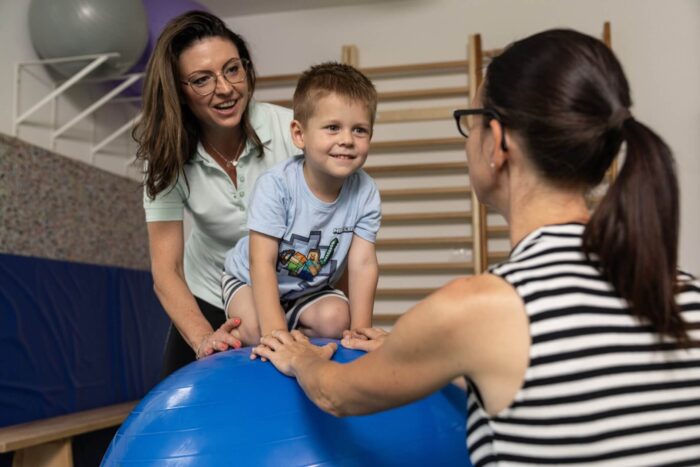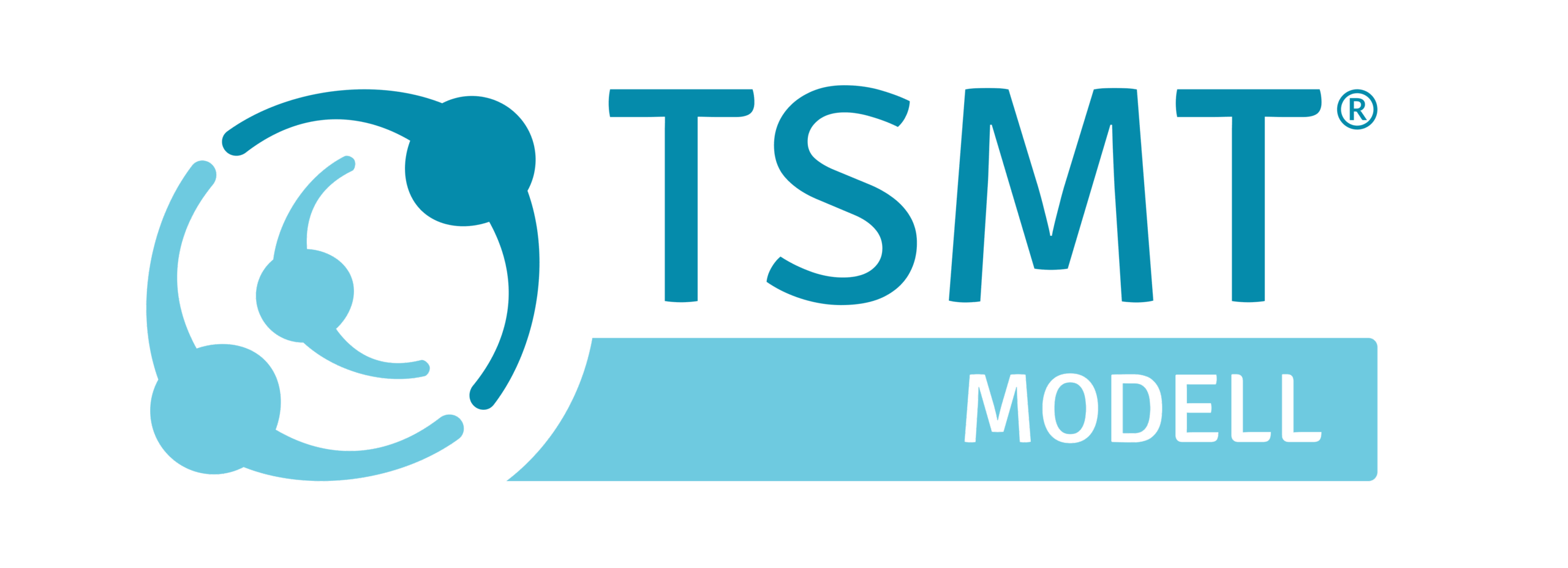
TSMT® and HRG therapies can be effective supplements for the development of children with language delays.
Speech therapists, language development specialists, and ENT doctors also play a key role in identifying the causes of language and hearing difficulties and in creating an appropriate development plan.
What do we know about language delay?
Language delay occurs when a child begins to speak later or has expressive or receptive language skills below the level of their peers. Causes may include hearing problems, neurological immaturity, or environmental factors.
Why is language delay a concern?
Delayed language development can impact a child’s learning abilities, social relationships, and emotional growth. Without timely intervention, it may lead to significant challenges in school performance (e.g., reading, spelling) and communication later on.
Why consider a LongiKid® assessment for children with language delays?
The LongiKid® assessment provides a comprehensive overview of the child’s neurological and sensory state, which is closely linked to language development. It helps pinpoint specific deviations and aids in creating a tailored therapeutic plan for the child. Signs of language delay can appear as early as three months, so early assessment is recommended.
How does individual TSMT® therapy help?
Individual TSMT® therapy supports the maturation of the nervous system through sensory and motor system development, which is essential for speech development. Movement tasks enhance attention, while rhymes, songs, and simple task scenarios encourage communication, directly fostering language development.
How does group TSMT® therapy help?
Group TSMT® sessions develop social skills and communication through shared exercises. Each task enhances motor-verbal synchronization and expands vocabulary. Following rules and instructions during movement tasks stimulates independent language comprehension and expression.
How does HRG therapy help?
HRG therapy improves sensory integration through water-based exercises, a crucial factor in language development. The relaxing effect of water reduces anxiety, promoting language activity, while targeted exercises support nervous system maturation.
